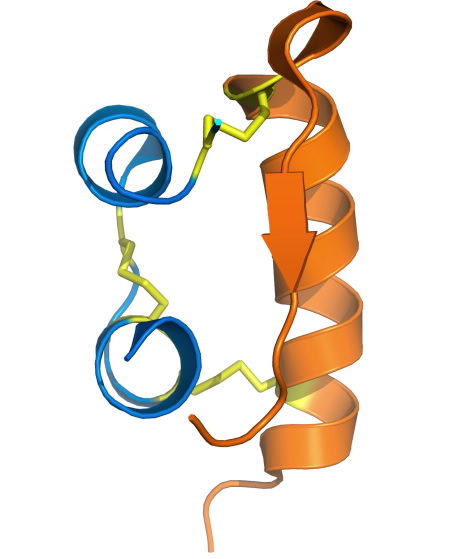This week is Diabetes Awareness Week and we are taking a look at the atoms that make up insulin to understand why insulin is important in managing diabetes.
What is Insulin?
As many of you are aware, insulin is responsible for controlling our blood sugar levels. Insulin is a tiny hormone produced by the pancreas that plays a role in regulating sugar and fat metabolism. When insulin production is compromised, or insulin stops working as well as it should, our blood sugar levels can rise resulting in Diabetes.
What does it do?
Insulin causes cells in our body to absorb glucose from the blood. As soon as we eat something, the body releases insulin from the pancreas, which helps to move glucose into our cells where it is used as energy.
Why is it important?
If insulin stops doing its job glucose can reach toxic levels in the blood steam. In diabetics, insulin is either no longer produced, or is no longer doing its job. Left untreated the resulting high blood glucose levels can lead to many complications from heart disease to eye damage. Diabetes currently affects over 1.1 million Australians.
There is an urgent need to develop a better understanding of this disease to produce novel therapies. By understanding the structure of insulin scientists can better understand its mechanism of action which can lead to more advanced treatment options for diabetics.
There is an urgent need to develop a better understanding of this disease to produce novel therapies. By understanding the structure of insulin scientists can better understand its mechanism of action which can lead to more advanced treatment options for diabetics.
 |
What does it look like?
Insulin is a tiny peptide hormone that folds into a stable structure, braced by three strong disulfide bonds (shown in yellow). It is this compact structure of the peptide hormone that allows it to easily circulate around our body in the blood stream.
The picture shows a single insulin molecule, but the protein can also form granules consisting of six molecules arranged in a ‘donut-like’ form.
The picture shows a single insulin molecule, but the protein can also form granules consisting of six molecules arranged in a ‘donut-like’ form.
Where did the structure come from?
The first structure of Insulin came from pigs and was solved in the laboratory of the Nobel Laureate Dorothy Hodgkin.
The structure was first published in 1969 after many years of hard work. (Adams, M. J., T. Blundell, E. Dodson, G. Dodson, M. Vijayan, E. Baker, M. Harding, B. Rimmer and S. Sheat. “Structure of Rhombohedral 2-zinc Insulin Crystals.” Nature 224: 491 (1969)). Dorothy continued to work on the structure of insulin in its many forms for 34 years.


